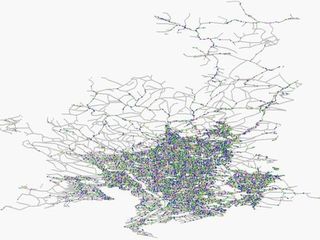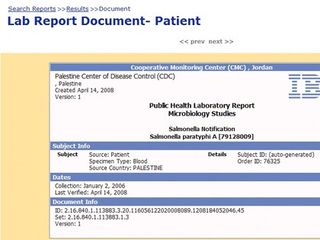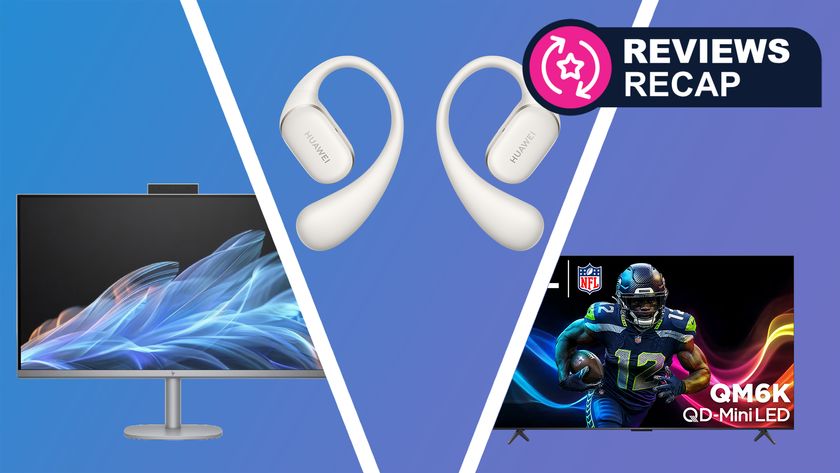8 unexpectedly amazing tech projects from IBM
How IBM's stuck its fingers into everything from Mars bars to electric cars
5. City of Chicago Smart Surveillance
In the city of Chicago, television surveillance is commonplace at banks, on roadways, and at office complexes. Yet, the technology has stagnated to the point where most security video feeds are recorded in two-hour increments.
The reason: it would require a vast infrastructure and massive amounts of storage to record video for even a few days. So IBM Research is developing a Smart Surveillance system that monitors video in real-time without having to record the footage. For example, the system can detect activity that appears to be criminal.
"The real value of surveillance is to create change in processes," says Morris. "In New York where I work, most of the office buildings have gates for security reasons, but we have a video surveillance system running that can detect all kinds of situations such as a an accident nearby. In Chicago, we can detect real-time information.
"We can detect the signature of a gunshot, for example, as opposed to just a loud noise. We can also know sensitive spots, such as a truck stopping in a sensitive spot – we can alert guards and call 911 automatically."
6. Urban Transportation Simulation
Traffic simulations are a critical computational effort – especially when a city is planning to build a new stadium, erect an office building, or re-route traffic for a new bridge. One minor error in placement and the traffic flows change dramatically, causing more accidents and using more fuel as angry commuters sit idly.
IBM, along with Kyota University in Japan, is running a complex simulation that analyses the minutiae of traffic flow: millions of vehicles running at varying speeds, examining the gradient of roads, and even driver reaction time.

"The Kyota simulation is a long term example, but we also do dynamic processing in real-time in the city to control congestion at different times of the day," says Morris. "For the medium term, you can raise the toll rate to discourage people from entering a certain part of the city. There is also short term predictions for navigation and predictions – for example, how you manage lights for emergency vehicles."
Get daily insight, inspiration and deals in your inbox
Sign up for breaking news, reviews, opinion, top tech deals, and more.
7. PHIAD health records
At the IBM Research lab in Israel, the company is finding ways to not only fight an infectious disease, but release health data in a standardised, open-source fashion – similar to how a new web browser standard is released.
In most cases, when data is assembled to fight a new outbreak, the data is is proprietary so that scientists have a hard time learning from previous remedies, often having to re-invent the wheel for a new contagion. "We are also doing research with the Institute of Medicine to standardize health data for research purposes," adds Morris. "There is nothing short of a crisis in clinical trials because the data is never really released for scientists to use. The data is not saved in re-usable ways so scientists can not learn form previous studies."
The PHIAD project (which stands for Public Health Information Affinity Domain) seeks to change that problem by developing new standards such as HL7 CDA and IHE XD-LAB (for example, how the data is structured), and IHE XDS.b (for example, how the data is transmitted securely, even internationally).

"PHIAD is a way to monitor and manage infectious diseases," says Morris. "This is a great outreach between Israel and the Palestinian Authority – microbes know no borders as far as what is under the Palestinian Authority and under the State of Israel. It allows us to predict how disease will spread. It allows us to externalise electronic health records to make research data available in an open matter [similar to open source software]."
8. Guang Dong Hospital information sharing
Health records in foreign countries such as China and Taiwan are often incompatible with Western medicine records, due to how the health practices differ. At the Guang Dong Hospital in China, IBM is working on a new project called CHAS (Clinical and Health Records Analytics and Sharing) that seeks to combine health records from Western and Eastern medical records into one, and then to standardise the data.
"This is a chronic problem – the processes in hospitals is not always efficient and not shared between hospitals," says Morris. "In many hospitals there is not a standard format for patients – for example, they may record a name a different way. This project is about data management and building data models for integration in the hospital and between hospitals.
"It integrates the Eastern medicine – so-called integrative (body and mind) medicine, which has been proven to work – with traditional Western medicines. There is increasing evidence that certain states of mind [impact health] – such as the impact of stress on the immune system where the body goes into flight or fight mode, which is okay when you are getting a cold but not if you are susceptible to cancer."
All of these projects reveal how technology is changing; the efforts at IBM Research are not conducted in a bubble where computer experts can learn new programming techniques or experiment on data models. Instead, they are having a real impact in the world around us in tangible, practical ways.
------------------------------------------------------------------------------------------------------
- 1
- 2
Current page: Transport, health and surveillance
Prev Page River flow, Mars bars and electric carsJohn Brandon has covered gadgets and cars for the past 12 years having published over 12,000 articles and tested nearly 8,000 products. He's nothing if not prolific. Before starting his writing career, he led an Information Design practice at a large consumer electronics retailer in the US. His hobbies include deep sea exploration, complaining about the weather, and engineering a vast multiverse conspiracy.













